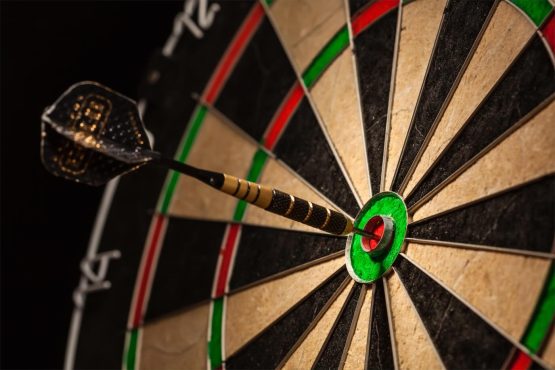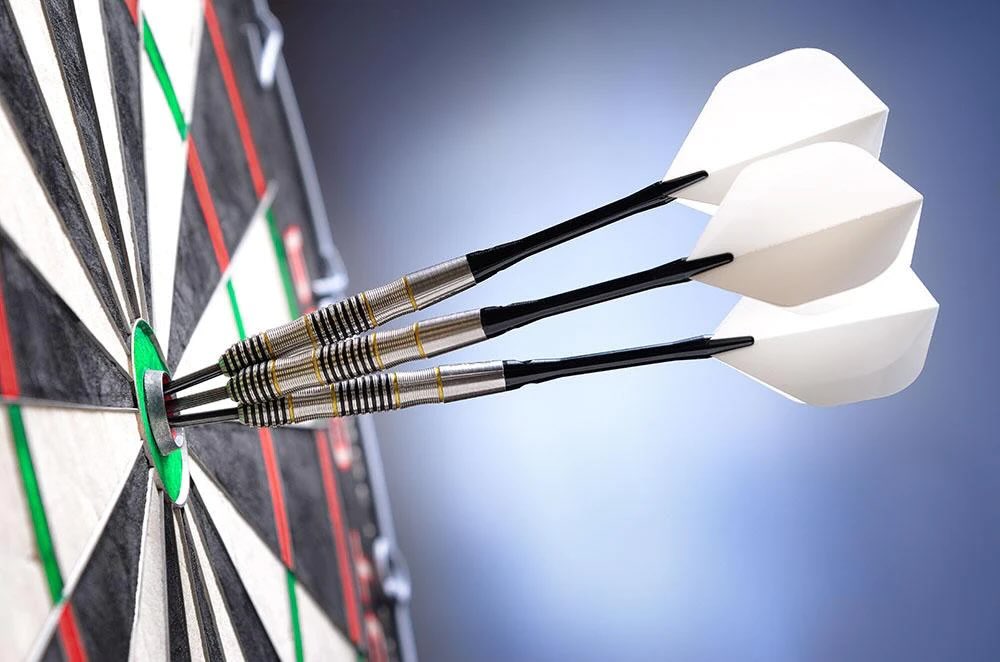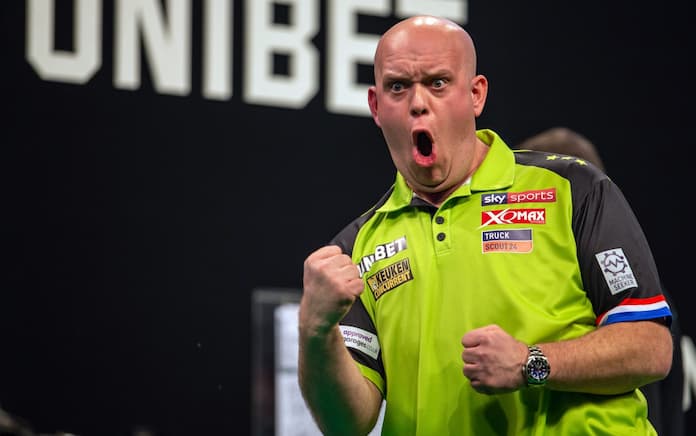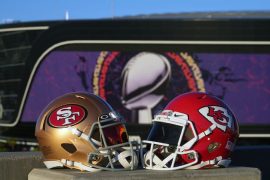The PDC World Darts Championship is almost here and we’re taking a look at some of the sport’s roots – such as why is a dartboard coloured red and green?
Why Are Dartboards Coloured With Red And Green?
No, dartboards are not coloured with red and green because the World Championship takes place during the Christmas period.
In fact, it is believed that the origins of the dartboard’s colour scheme were chosen as a nod to British history and culture.
The game of darts is about 700 years old, and originated in England during the medieval era.
The red represents the Tudor rose (sometimes called the Union rose), the heraldic emblem of England. It is a combination of the red rose of Lancaster and the white rose of York.
As for the green, this represents the House of Lancaster. This was a royal house that ruled England from 1399 to 1641, claiming the throne after the death of King Richard II.
By incorporating these two iconic colours, the dartboard became symbolically linked with its roots and visually appealing at the same time.

The black and white segments of the board make it easy for players to distinguish between the various scoring zones.
The doubles and trebles being a vibrant red and green provide a clear distinction to make life easier for the players, to quickly identify high-scoring areas and they also influence strategy.
The colours of the dartboard were chosen for a deeper reason than simply aesthetics, though – and the historical significance pays homage to the sport’s foundations.
The true origin isn’t factually known, as some have argued that the history of darts as a modern game originated in France before making its way to the UK via the funfair.
There is no conclusive proof of this, and as far as most people are concerned the game was born and bred in England.
Add Sportslens to your Google News Feed!







